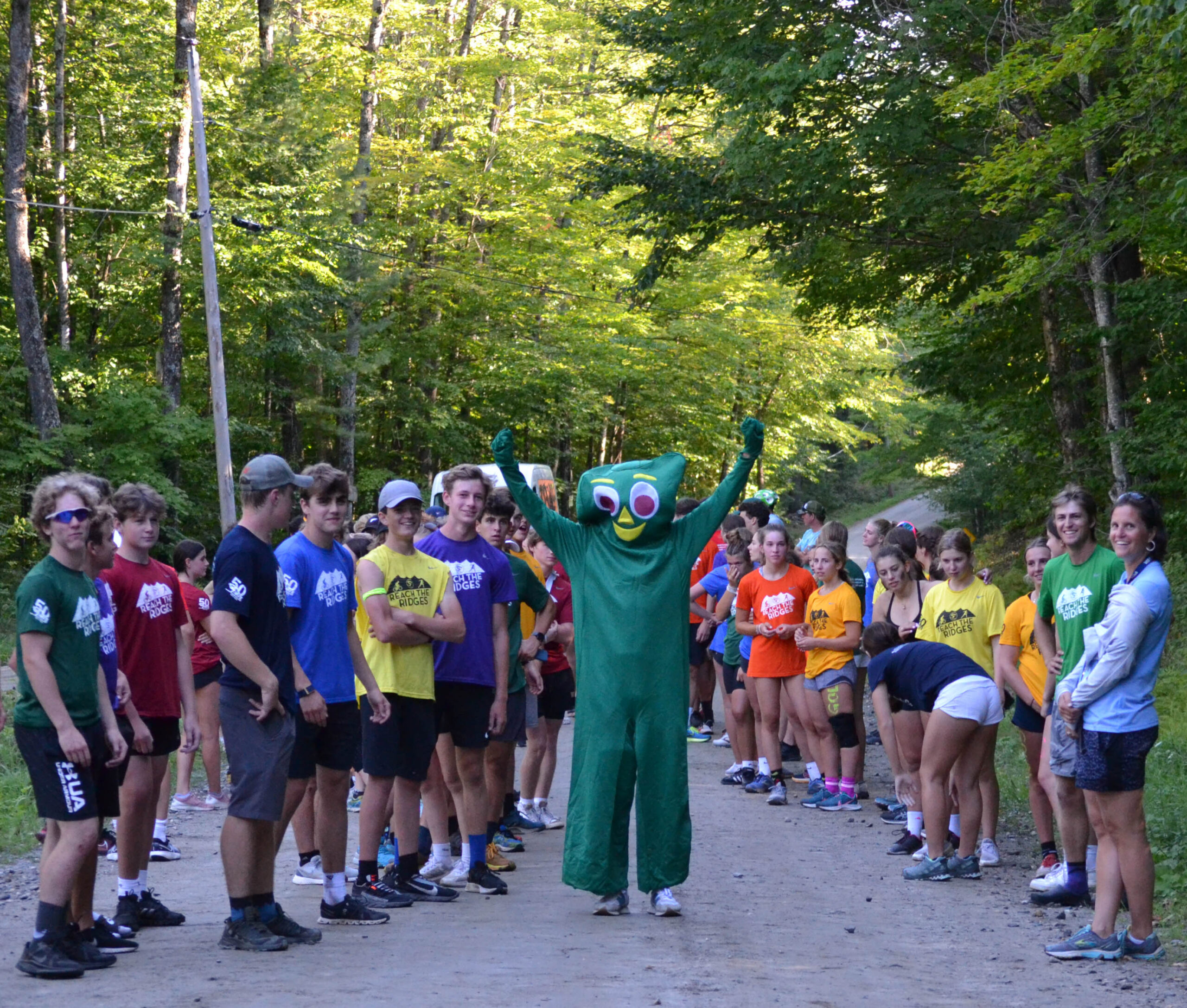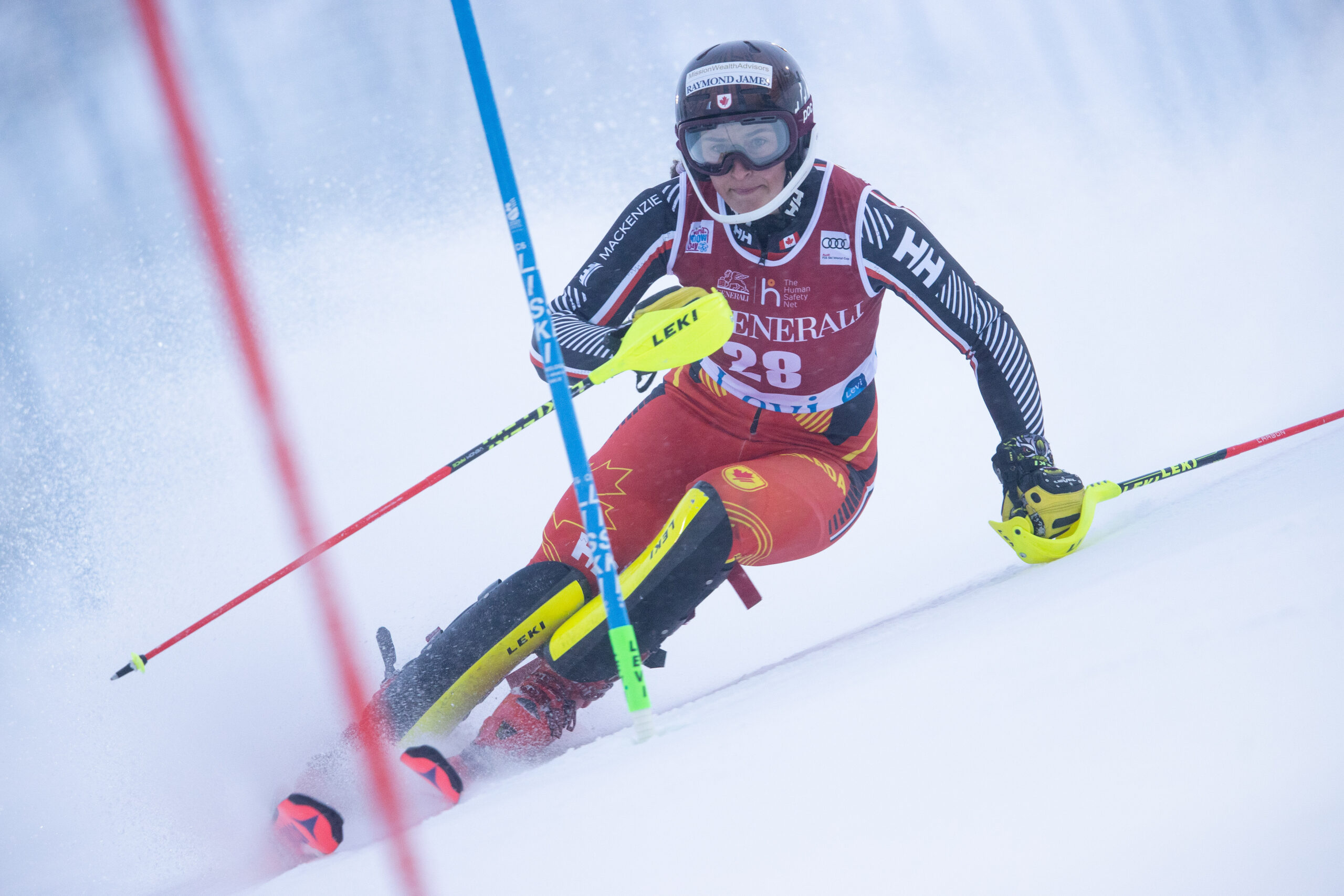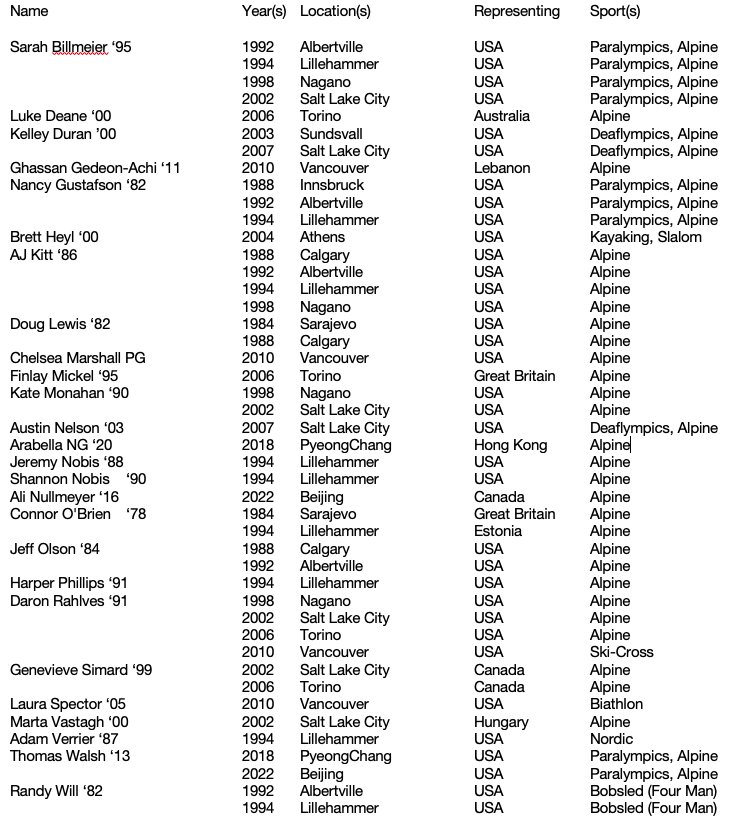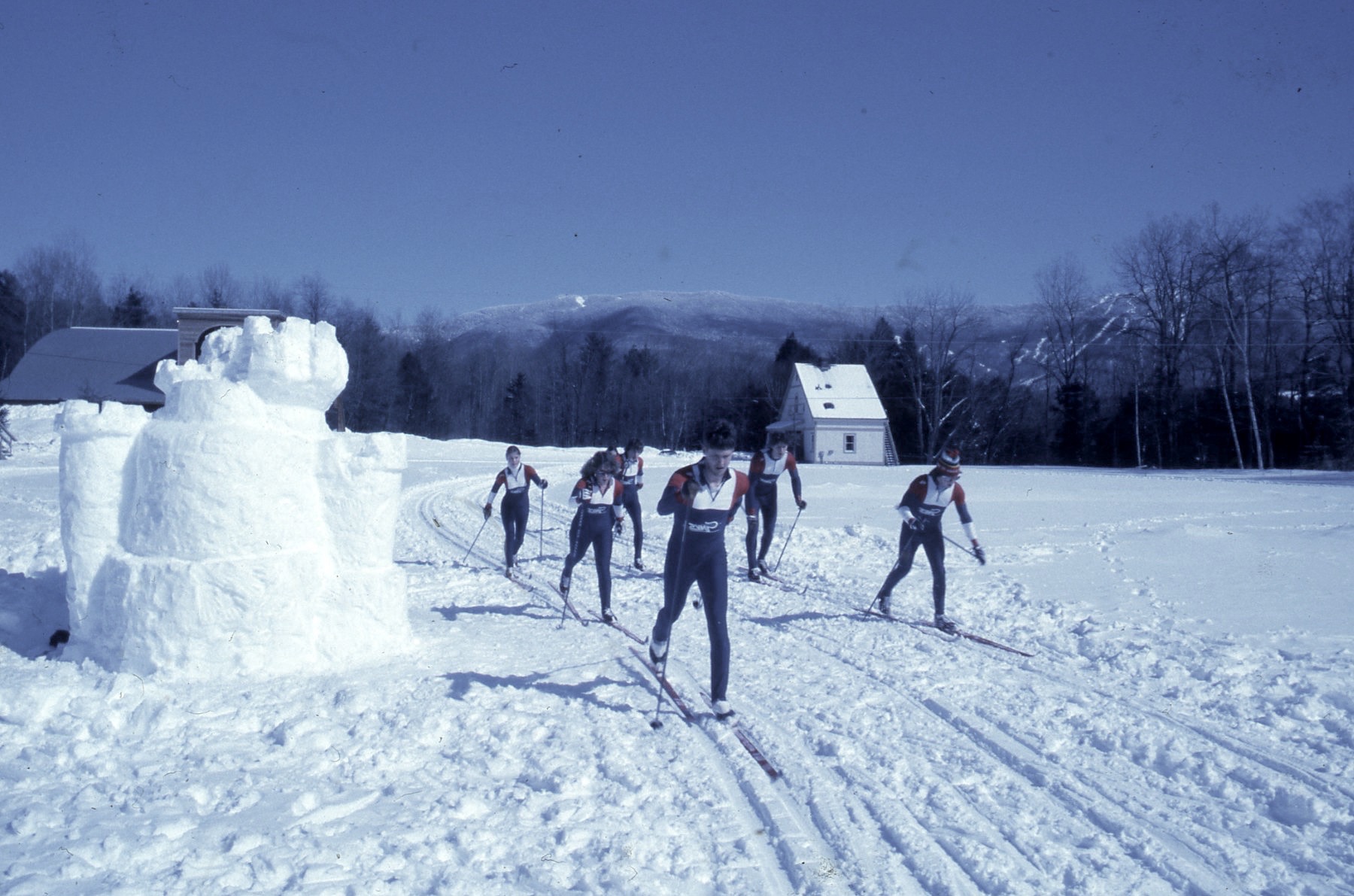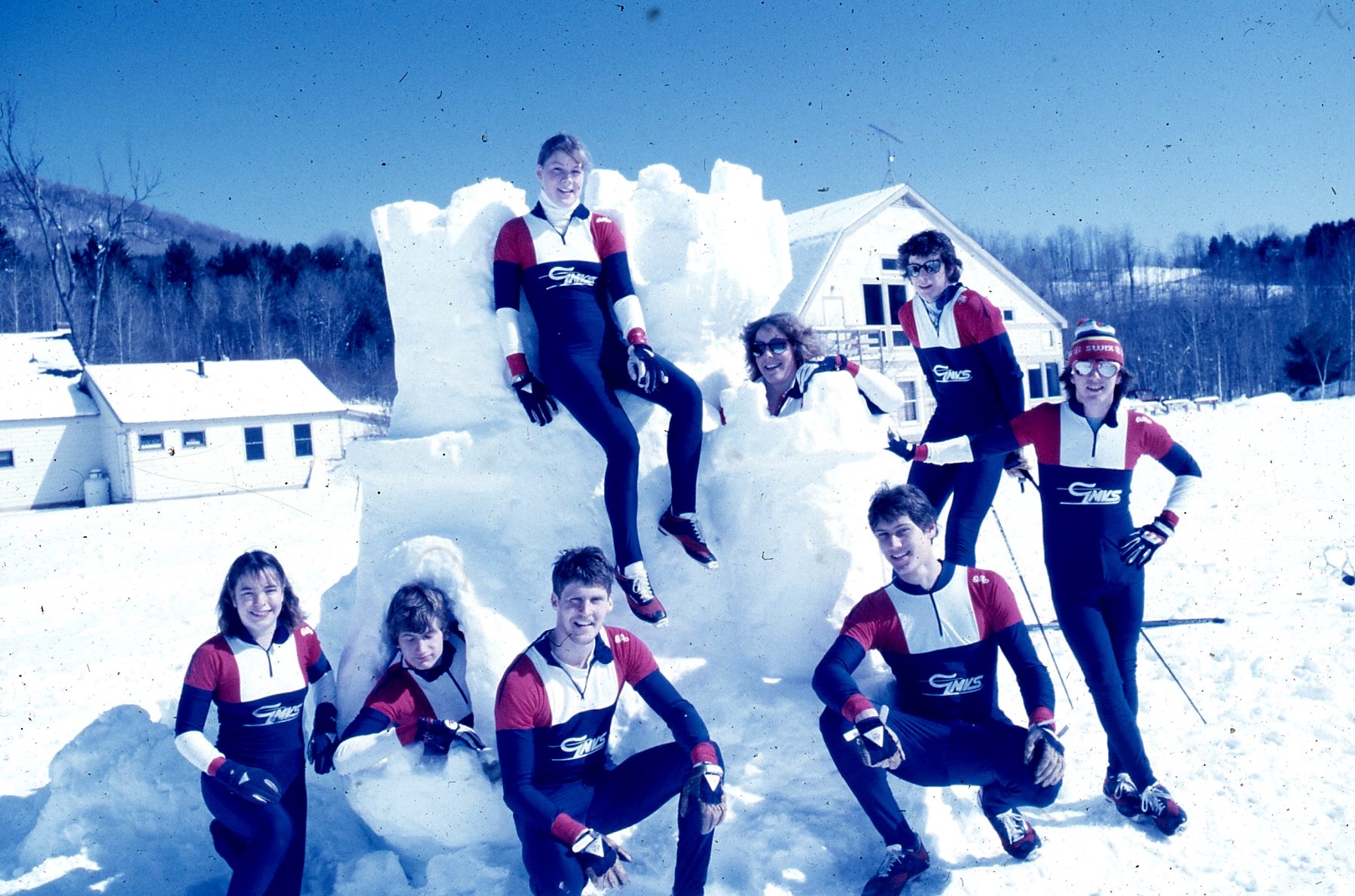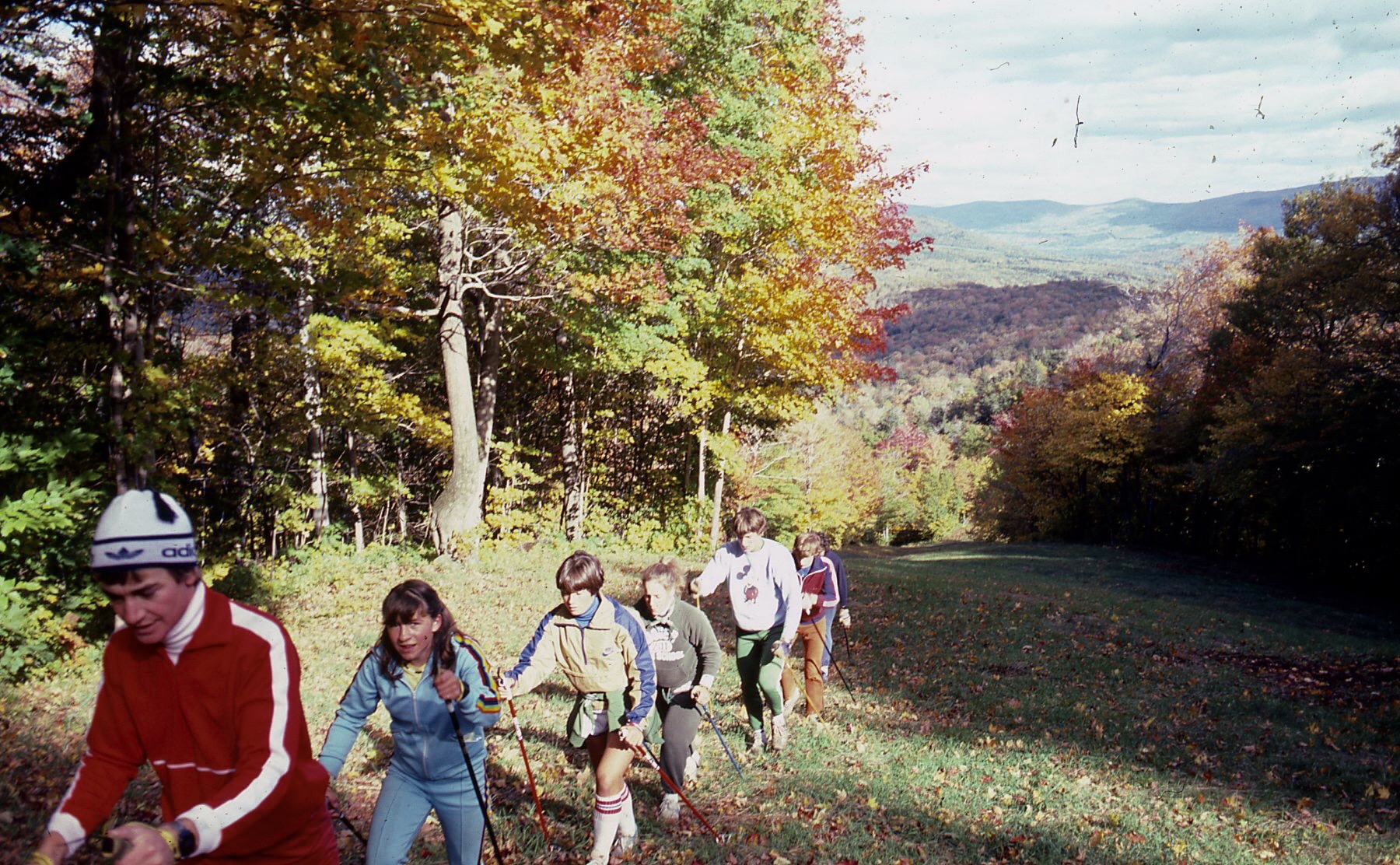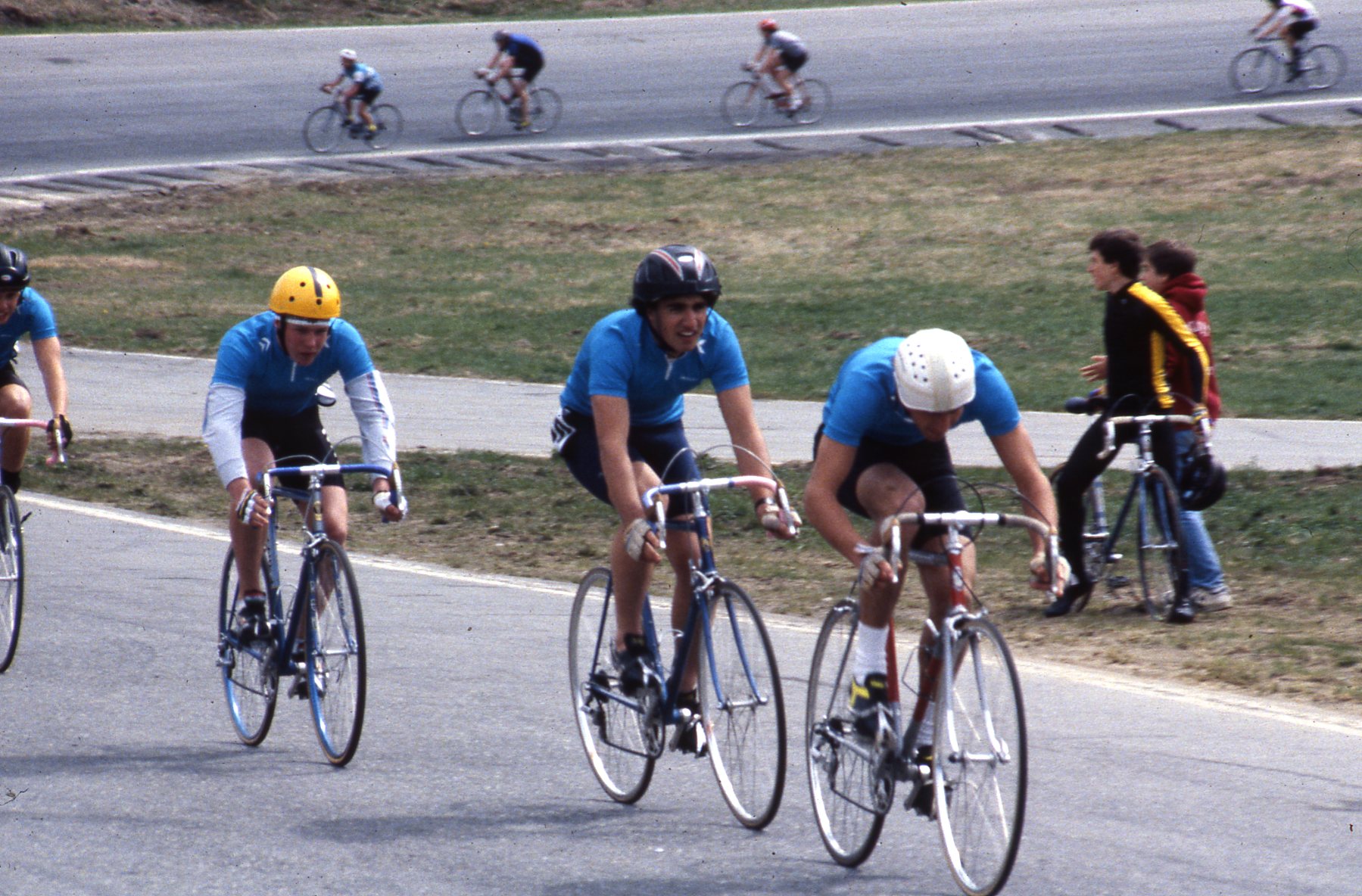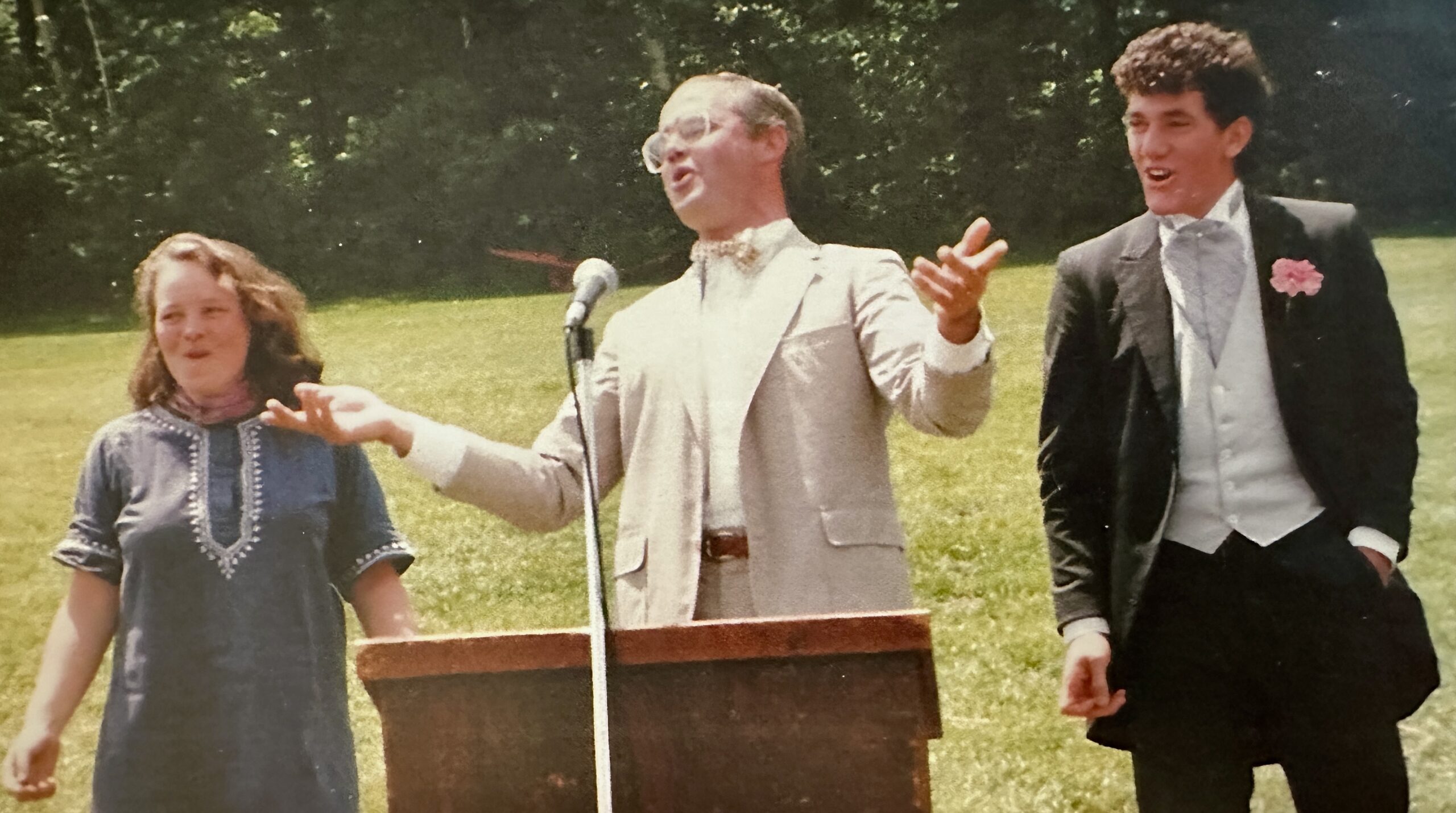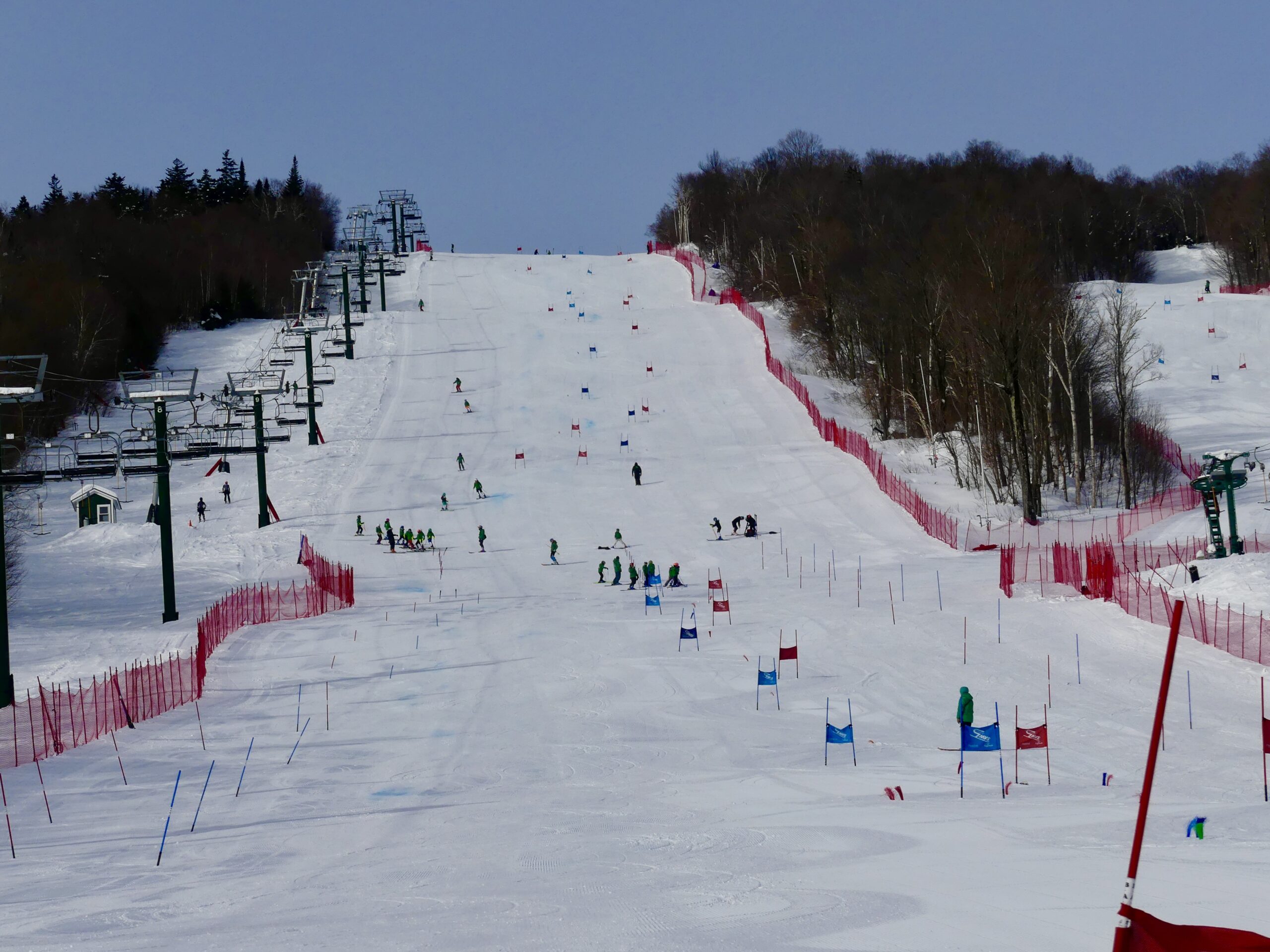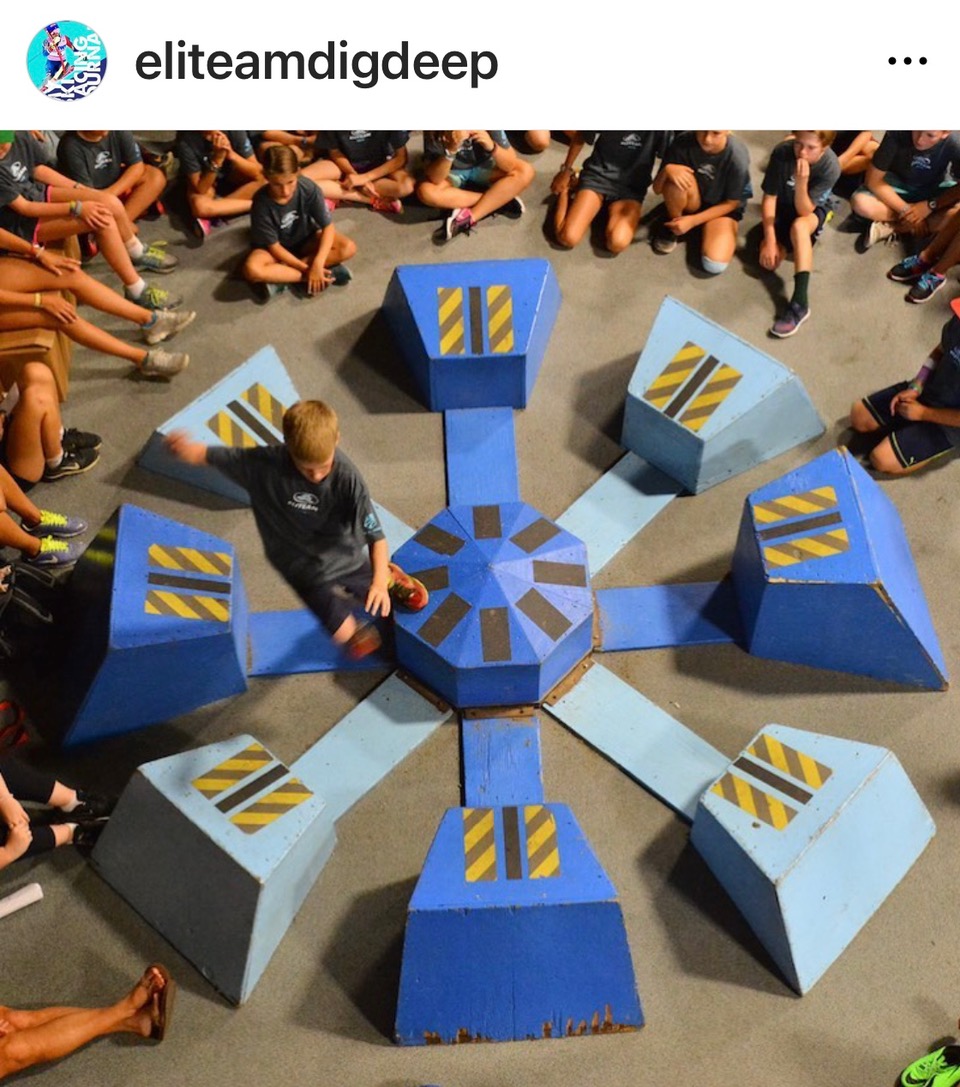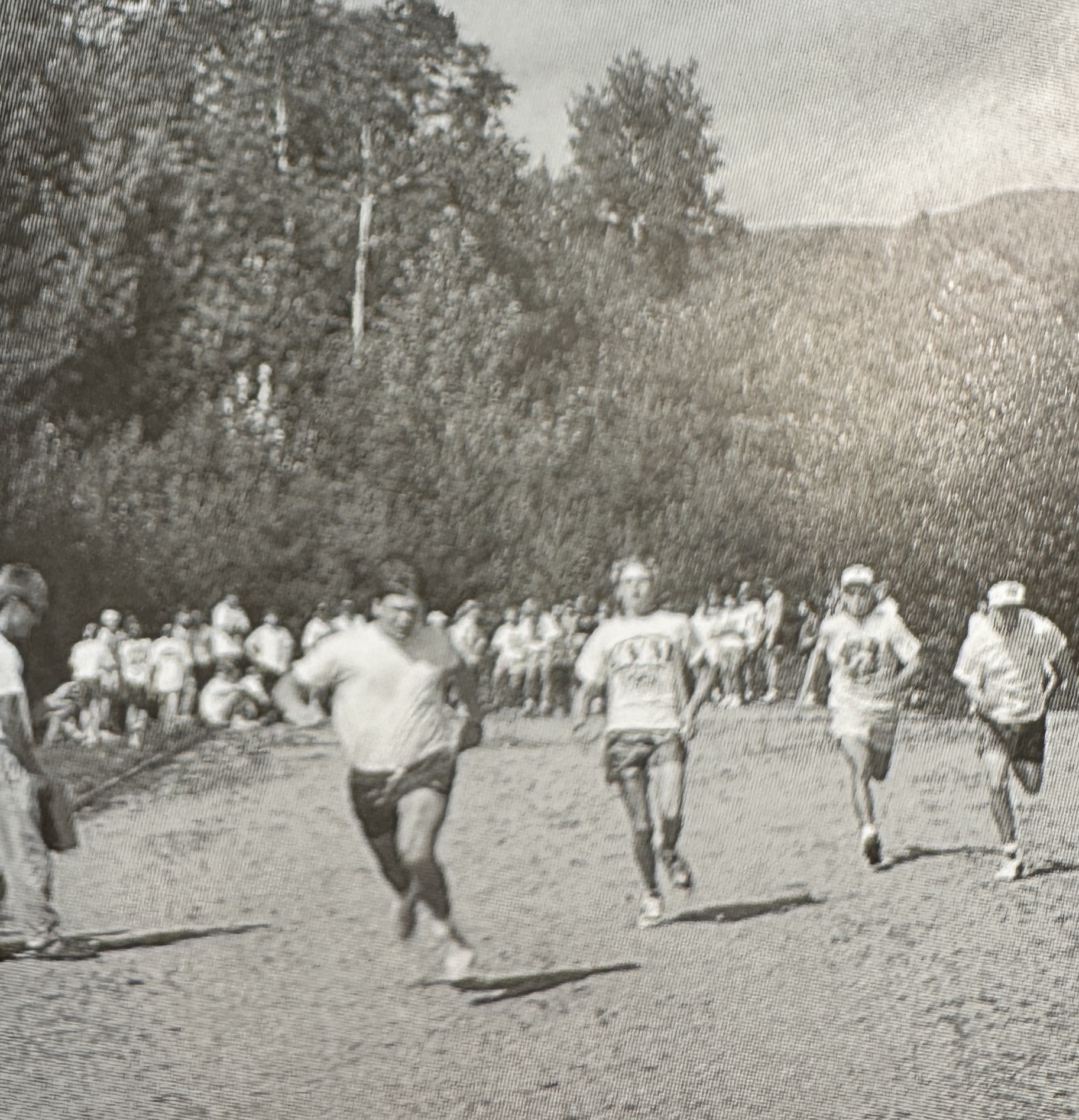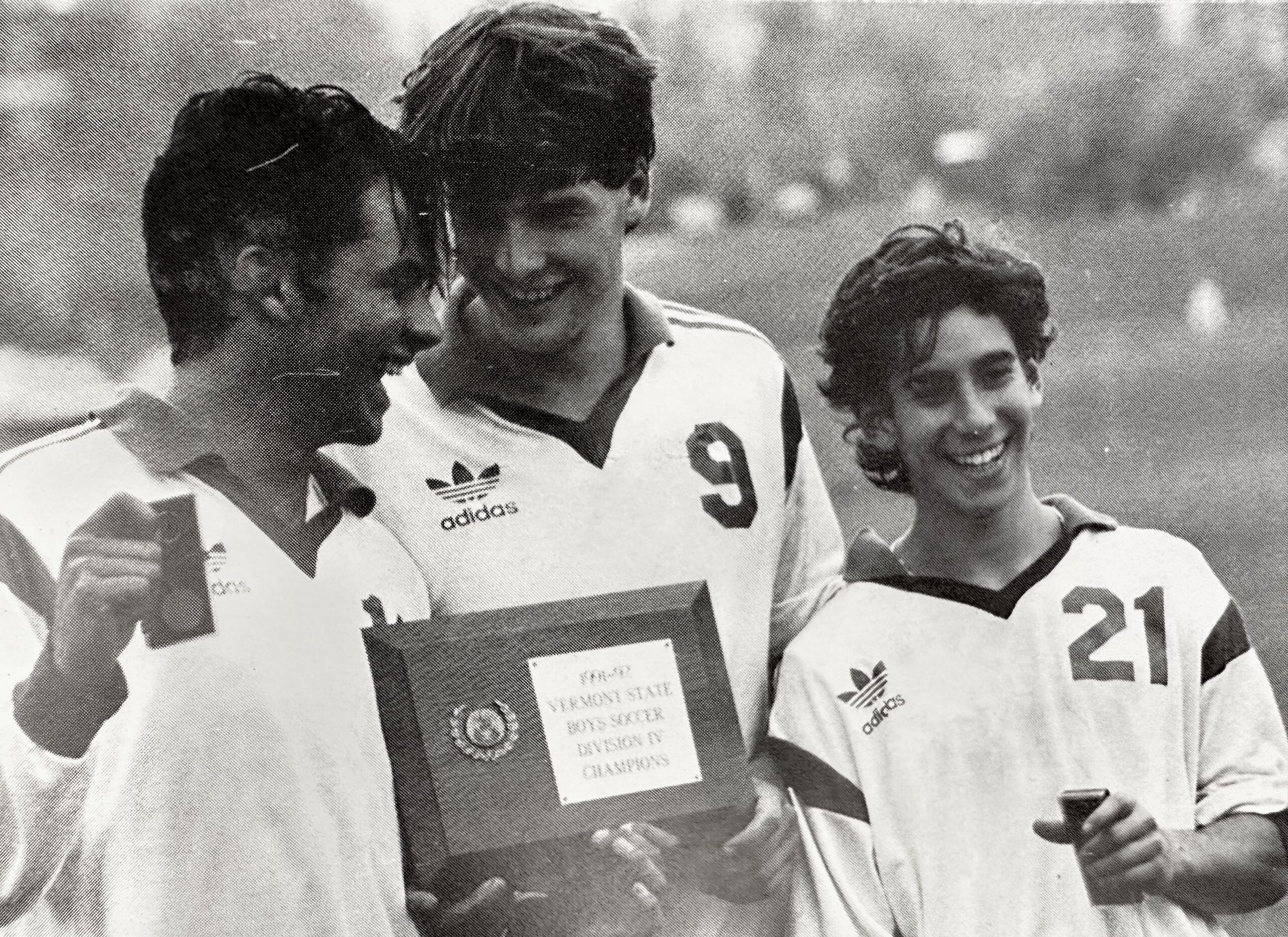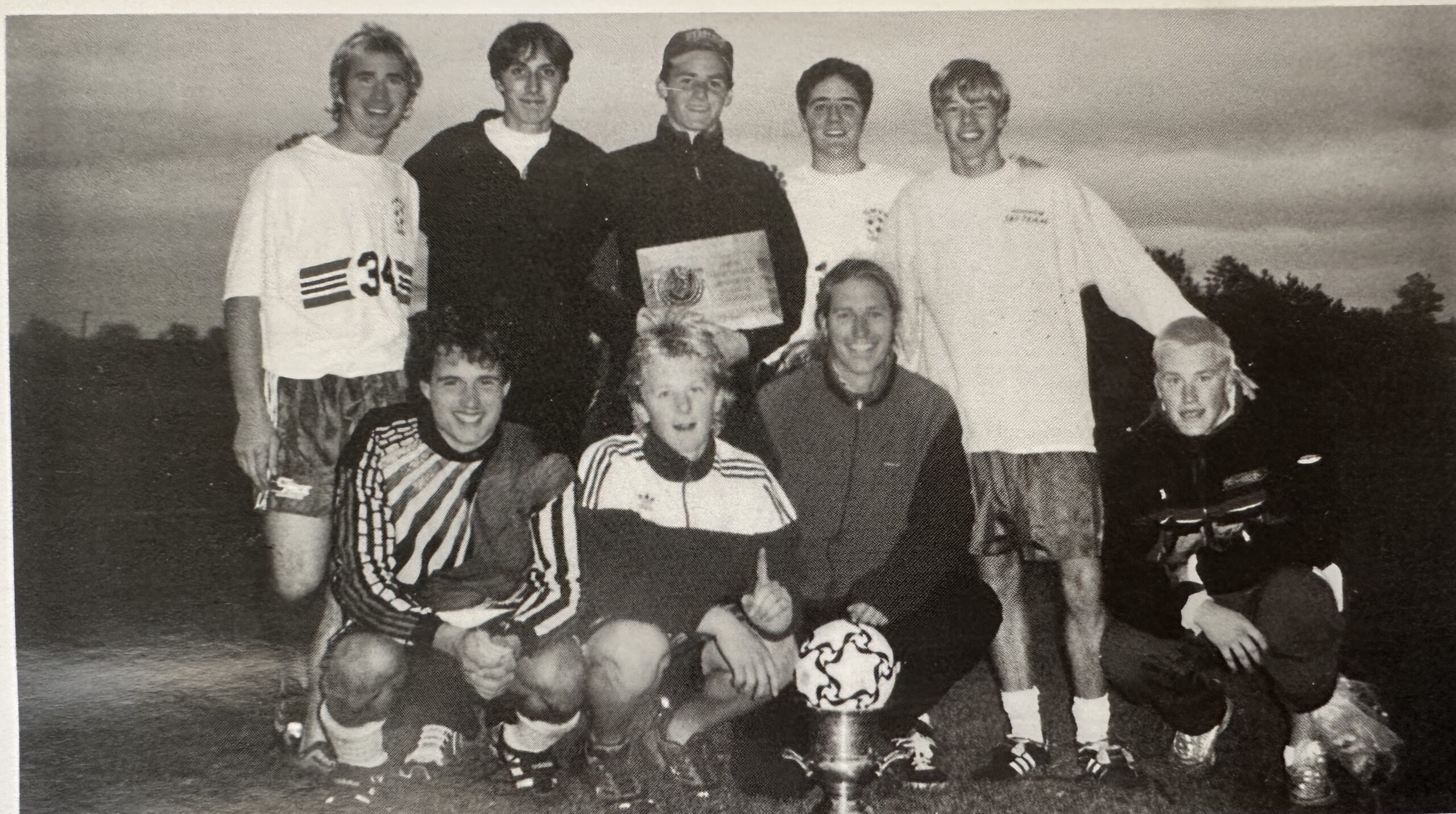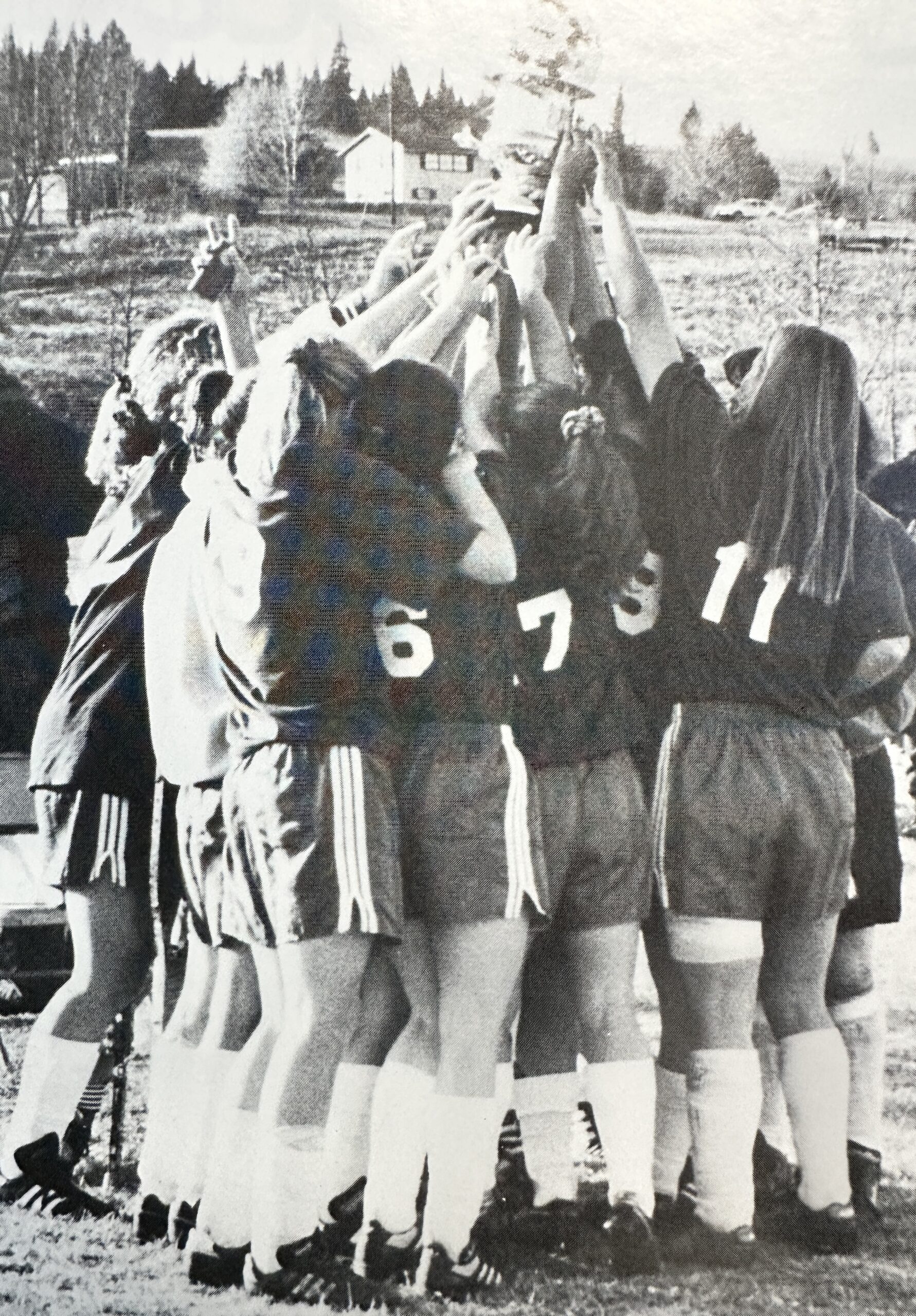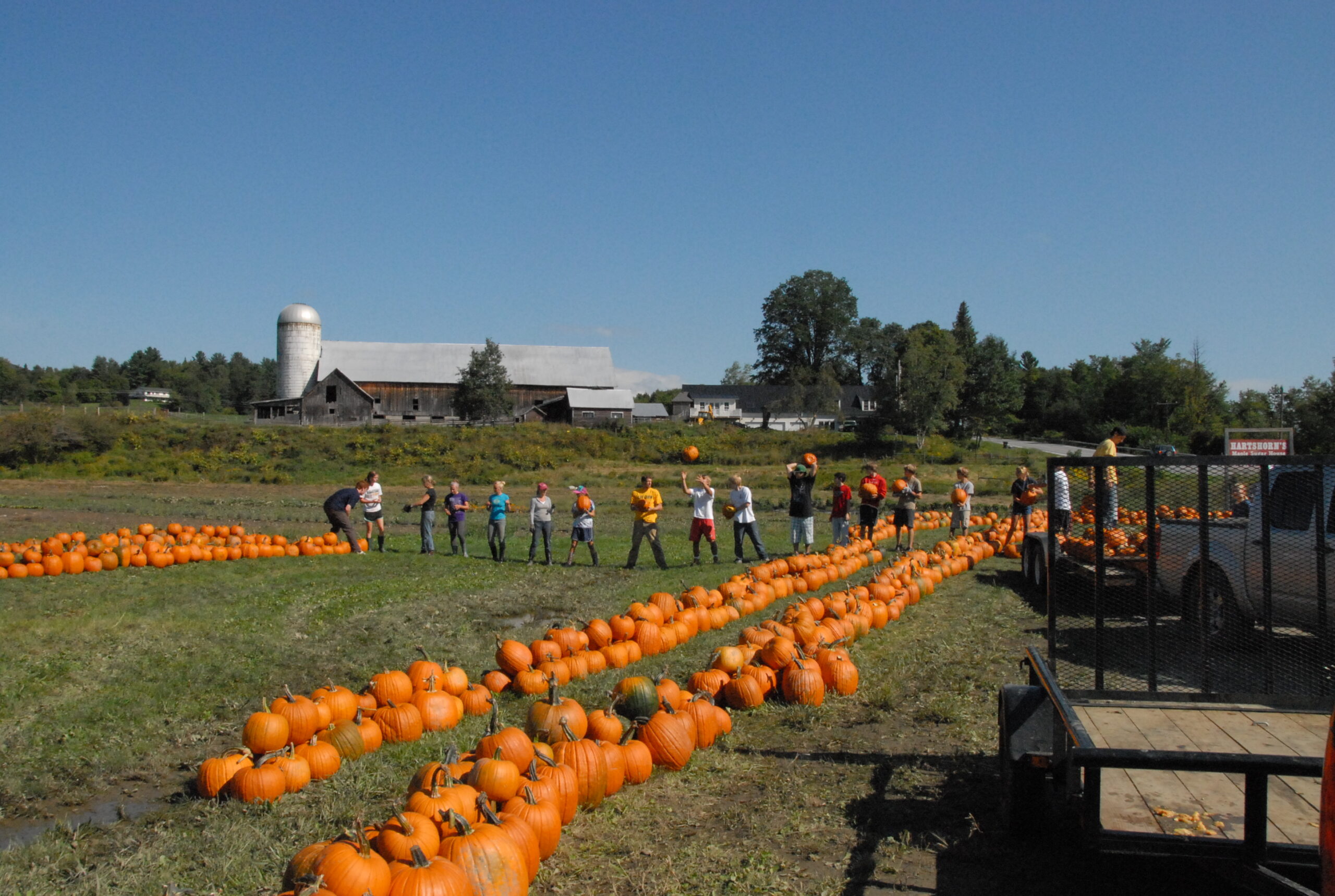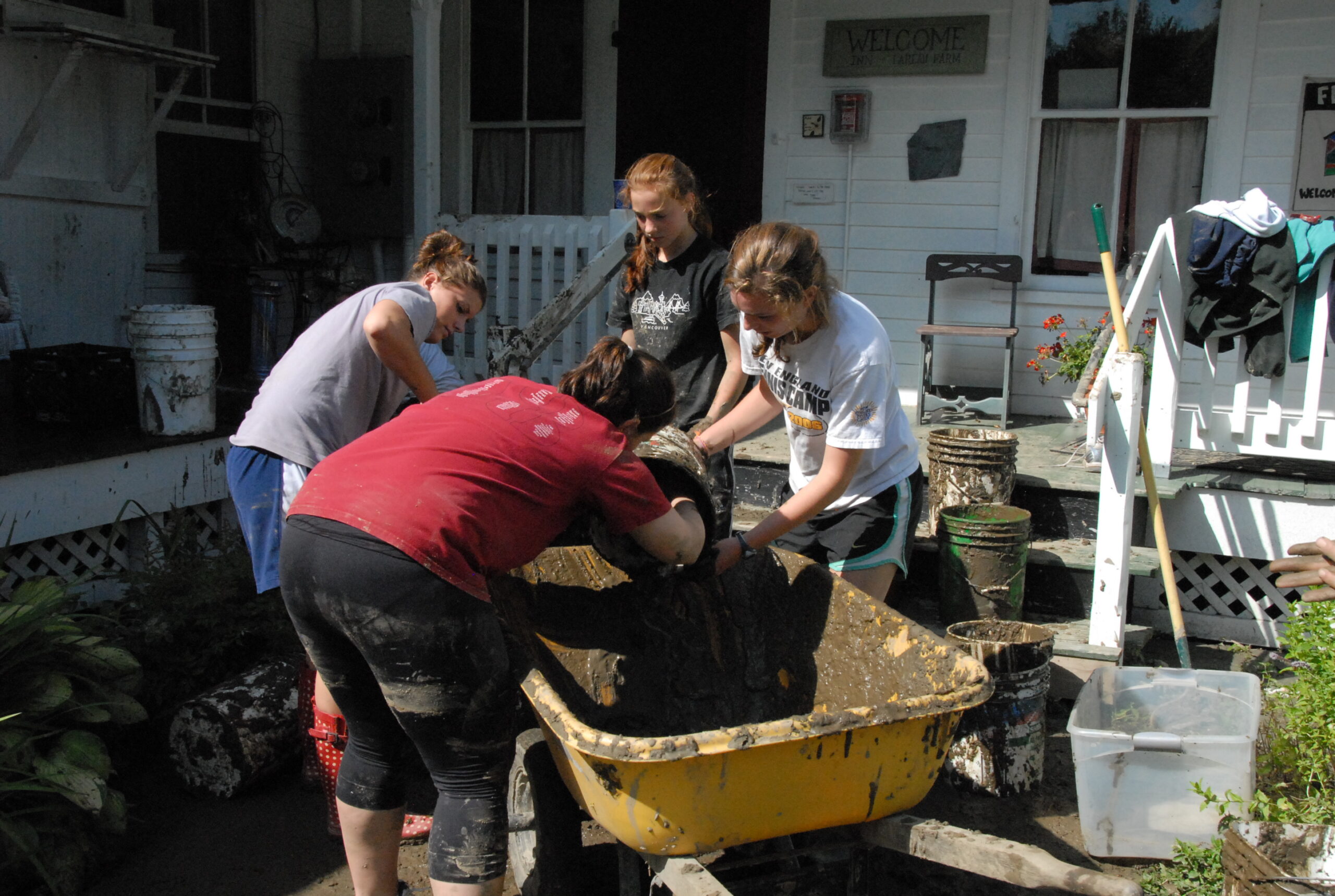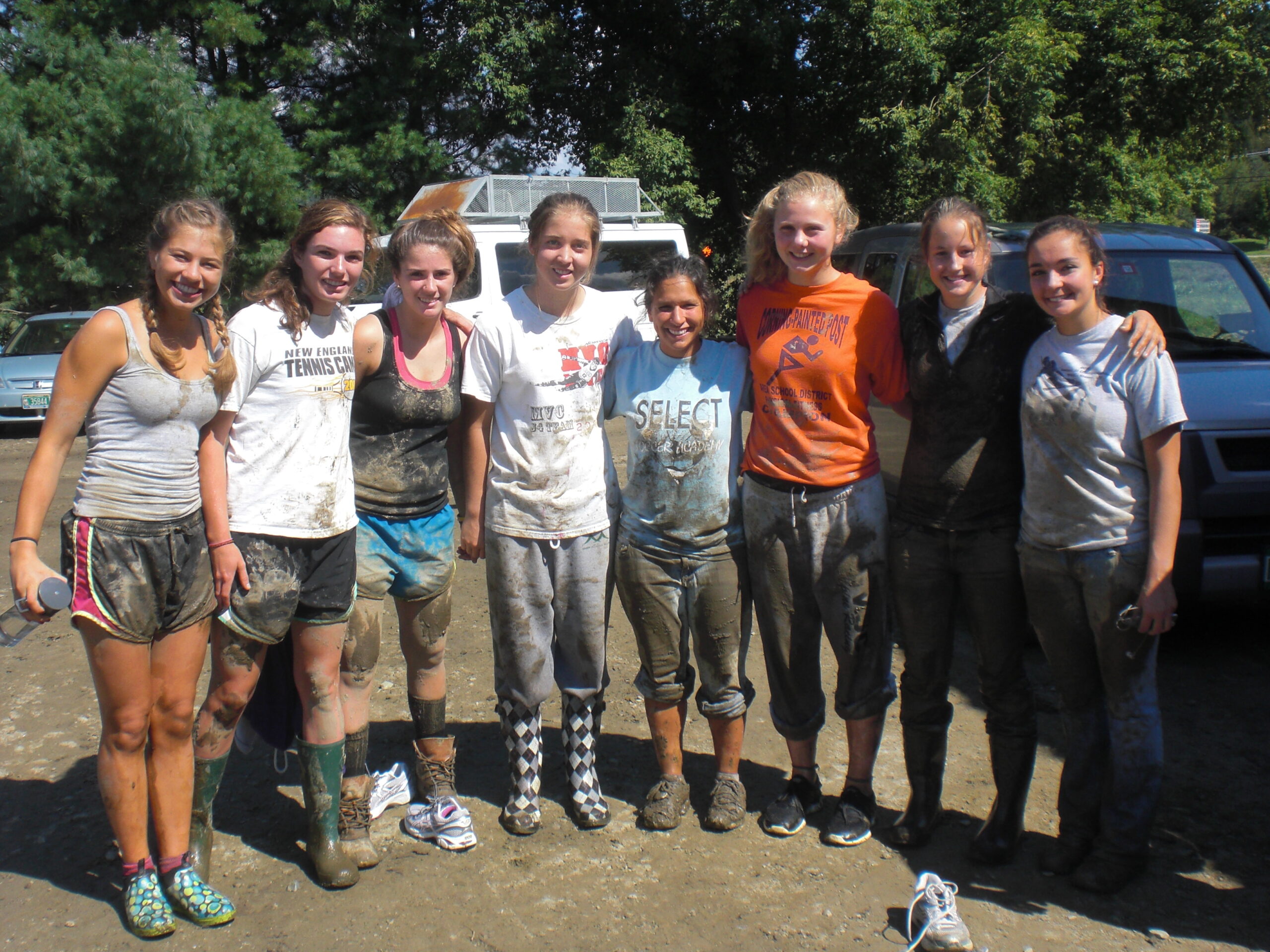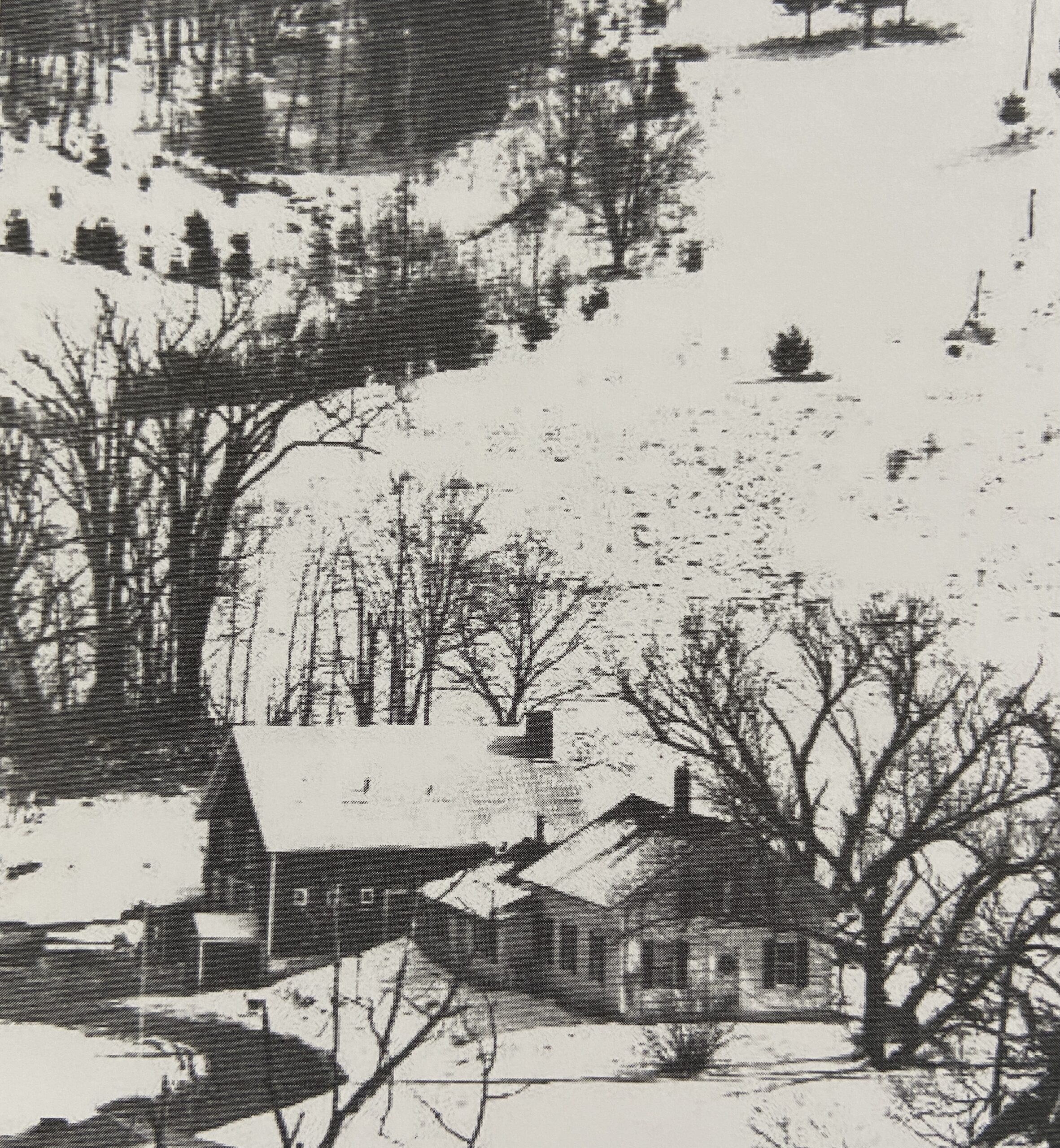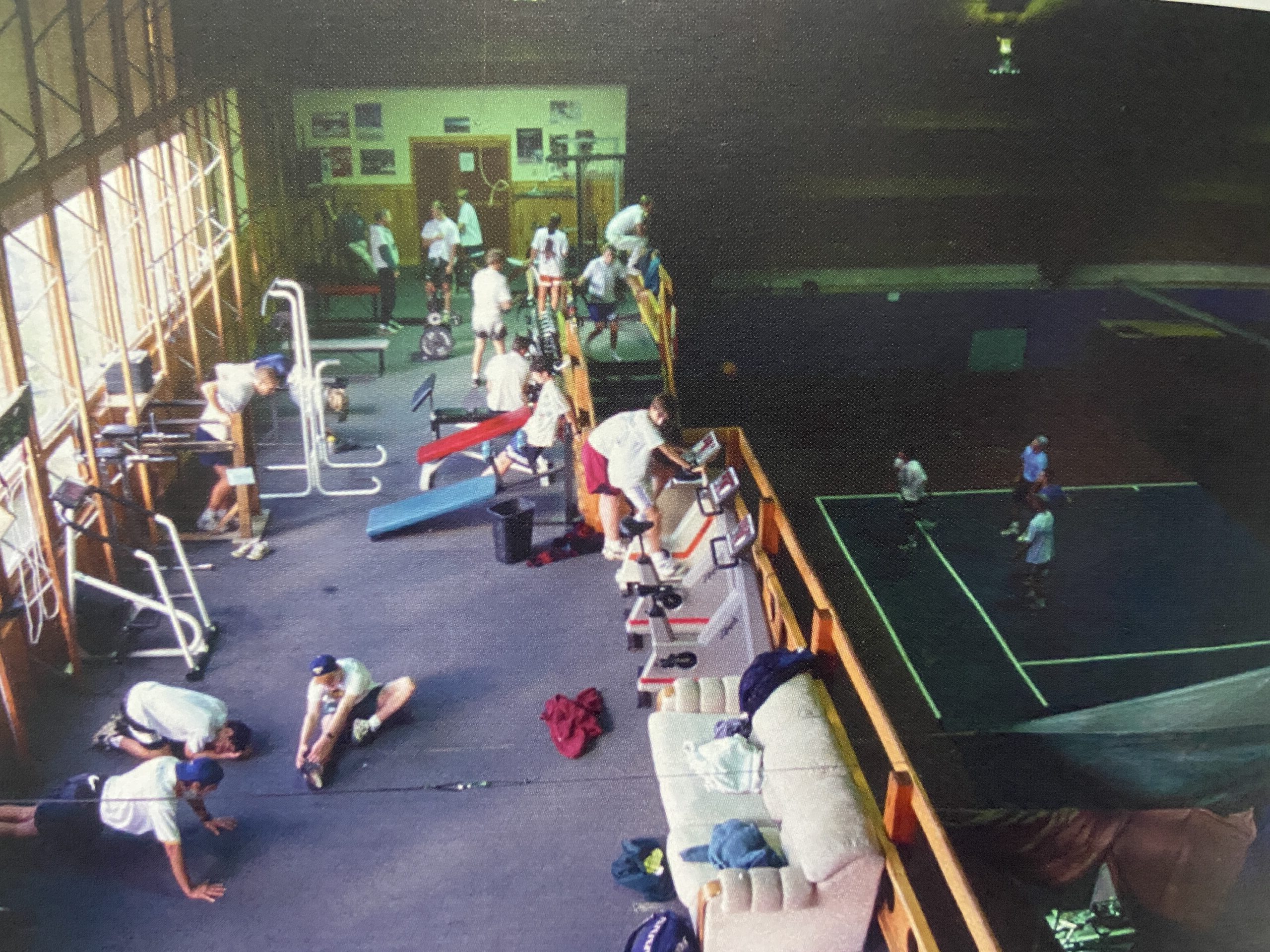THE EVOLUTION OF CAMPUS — FACT 4 OF 50
GMVS, originally known as the Mad River Valley School (“Mad Acad” to the students), had a modest start in November 1973 in two buildings that are right up the hill from the present campus in Fayston on Bragg Hill.
That year, four boys lived in two double-deckers in a bedroom with a loft for their desks in Al and Jane’s house, and the other seven boys and one girl lived in a rented ski house just down the road, with a staff member. That house was a bit iffy — daylight showed through the wall in at least one place. However, in addition to bedrooms there was a kitchen, room for everyone to eat together, and a living room. Somewhere, room was found for teachers to work with students on their assignments from their home schools, because the school was tutorial-only for the first few years. The “gym” was in the large workshop in Al and Jane’s house — mostly equipped with some weights.
The next year, amazingly, there were enough students that we needed more space. Luckily John Schultz, coach and math/science teacher, had just bought a large house with a barn in Moretown village. He and his patient wife Annette had been thinking of starting a bed and breakfast there, but instead they renovated their buildings into a dorm, study spaces, tuning space, and a workout area.
For several years Mad Acad continued in the Schultzes’ space. As we grew, rooms were rented throughout Moretown Village to house students, although classes and training stayed in the central area. (We even built a small rope tow behind the elementary school.)
Finally, in about 1977, the staff decided three important things: teaching other people’s courses was not interesting or stimulating; for both classes and training we needed to expand to a full-year program; and we had outgrown Moretown village. Around then we stopped training at all three ski areas and started training primarily on Inverness, at what was then Glen Ellen. In order to differentiate the school from Mad River Glen, we changed the name to Green Mountain Valley School and started looking all over the Valley for land on which to build our own campus.
As luck would have it, that was when Lucy Brothers, who owned the farmland where our main campus is now, decided it was time to sell. We were able to buy the land and the farmhouse, which was at that time situated right by Moulton Road where the Library now stands.
The sale was completed, and on April 1, 1978, ground was broken for the main building (now the Hobart Building) for offices, dining room and kitchen, and three dorms (now Clark, Witch’s Hat and Pound Cake). The original farmhouse became the offices for administrative staff and some teachers and coaches. School opened almost on time in the fall, on October 1.
You may wonder why the dorms have such peculiar names. Well, they were originally intended as jokes. When architect Turner Brooks first showed the varying rooflines to the staff, they were jokingly said to look like a witch’s hat, a slice of poundcake, and — a plain gable roof. The plain gable roof dorm needed a name too so someone thought of the classic movie actor Clark Gable, and the thus the dorms were named. Quite a while later when another dorm was needed, despite a naming contest for the whole community no better name was found than New Dorm.
Once the office, living and eating spaces had been created, the most obvious lack was a gym. How to find an architect for what would be a very important structure? We ran a contest, inviting architects to submit suggested designs. The design, by David Sellers of Prickly Mountain in Warren, incorporated a workout space on the mezzanine and a tennis court on the main floor which required a high ceiling, and so the arched roof came to be. One day an enormous flatbed truck arrived on campus with the beautiful laminated curved trusses on board and construction was completed in a relatively short time. The rubber roof was a popular architectural solution of the early 80s.
Some would think that meant the campus was complete but of course there is always more to do. Classes were still being held mostly in the existing dorms so it was time for an academic building. Many generous donors made it possible to extend the campus to the other side of Moulton Road, bringing it closer to that original rented ski house used in the first year.
At around that time there was a fire in the Farmhouse, or office building. The building survived but the computers melted and some records were lost. The books and papers in the offices suffered water and smoke damage. Ultimately the decision was made to move that building across the campus to be used for art and photography classes and some storage. It was jacked up and put on rollers, electric wires then stretching across the campus were raised to let the building pass, and the move was accomplished. A newer office and library was built on the site of the original farm building.
To make the campus more interesting and pleasant, someone came up with the idea of building a gazebo for hanging out and sometimes for classes. The father of a student took on the task of designing the building and working with students not just to construct it, but to figure out exactly how each piece of wood had to be cut to fit the floor, supports, and roof angles. Sadly, time took its toll on the gazebo and it had to be replaced in 2022, though the new one is larger and should be more durable.
What was still missing? A student center. The impetus for that building was a sad one. Doug Parker, a GMVS alumnus, was killed in a rock climbing accident while he was in college. To honor his memory his parents made possible the construction of our student center, including the downstairs weight room, locker rooms, and video rooms, and the coaches’ offices.
But how about all our “stuff”? We needed a storage building. How could we get one? Some imaginative staff members came up with the idea of a student-built barn. Funds were raised, wood was ordered and cut to size, and in one day(!) the structure went up using people-power and very careful instructions. If you look in the entry hall of the student center you will see a mural depicting that day, and “stones” acknowledging and thanking the donors.
In the early 2000s it was time to re-do the library building both to enlarge it and provide more classroom space, and to educate the community about sustainable building. Committees were formed, each including some students, teachers, coaches and staff, to research and recommend the most environmentally-responsible ways to design, construct, heat, cool, etc. the building. Funds were raised and ultimately a LEED-certified building was completed and opened ceremoniously by Jim Douglas, Vermont’s Governor.
OK. We had everything we could wish for. Or did we? Every year since about 1980, the theater program had used the gym for the fall productions (very early on the theater production took place in the dining room). The “theater” had to be constructed and deconstructed every year. So we needed a theater, which could also be used for all-school meetings and events.
Around 2014 a generous donor solved that problem by funding the construction of the Racing Performance Center, or RPC, as it is known today. That made it possible to build a permanent theater and backstage in the former gym, and an art/photography classroom in the south-facing glass-walled room. Two birds were definitely killed with that stone but sadly, the student-constructed storage barn had to be sacrificed because it was on the site of the proposed RPC.
Now we REALLY had everything, right? You got it — there was still something missing. Where was our Head of School living? In a condo at Sugarbush Lincoln Peak donated by a generous GMVS alum/board member. That was a good place to be, but a bit far from the campus. As had happened so many times, we were incredibly fortunate that our neighbor to the west, who happened to be the granddaughter of Lucy Brothers who sold us the original campus, was ready to sell her house and land. The condo at Sugarbush was sold, the house and land to the west were bought, and for the first time we had our Head of School actually living right on campus.
What’s next for the GMVS campus? You’ll need to use your imagination as so many have done before you.

